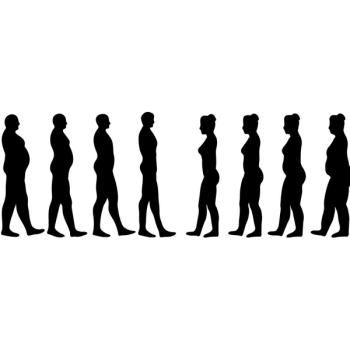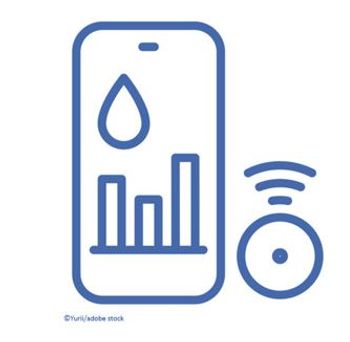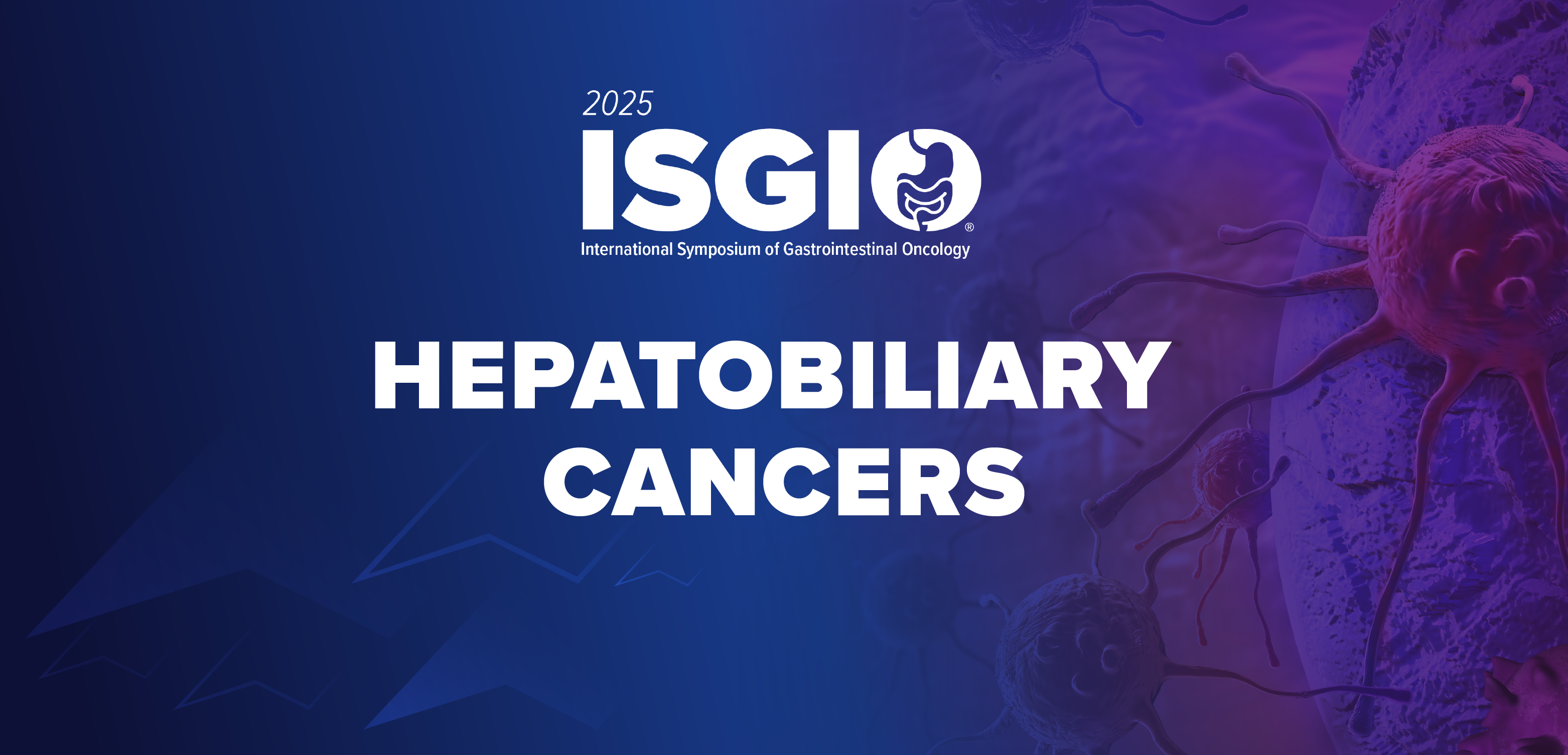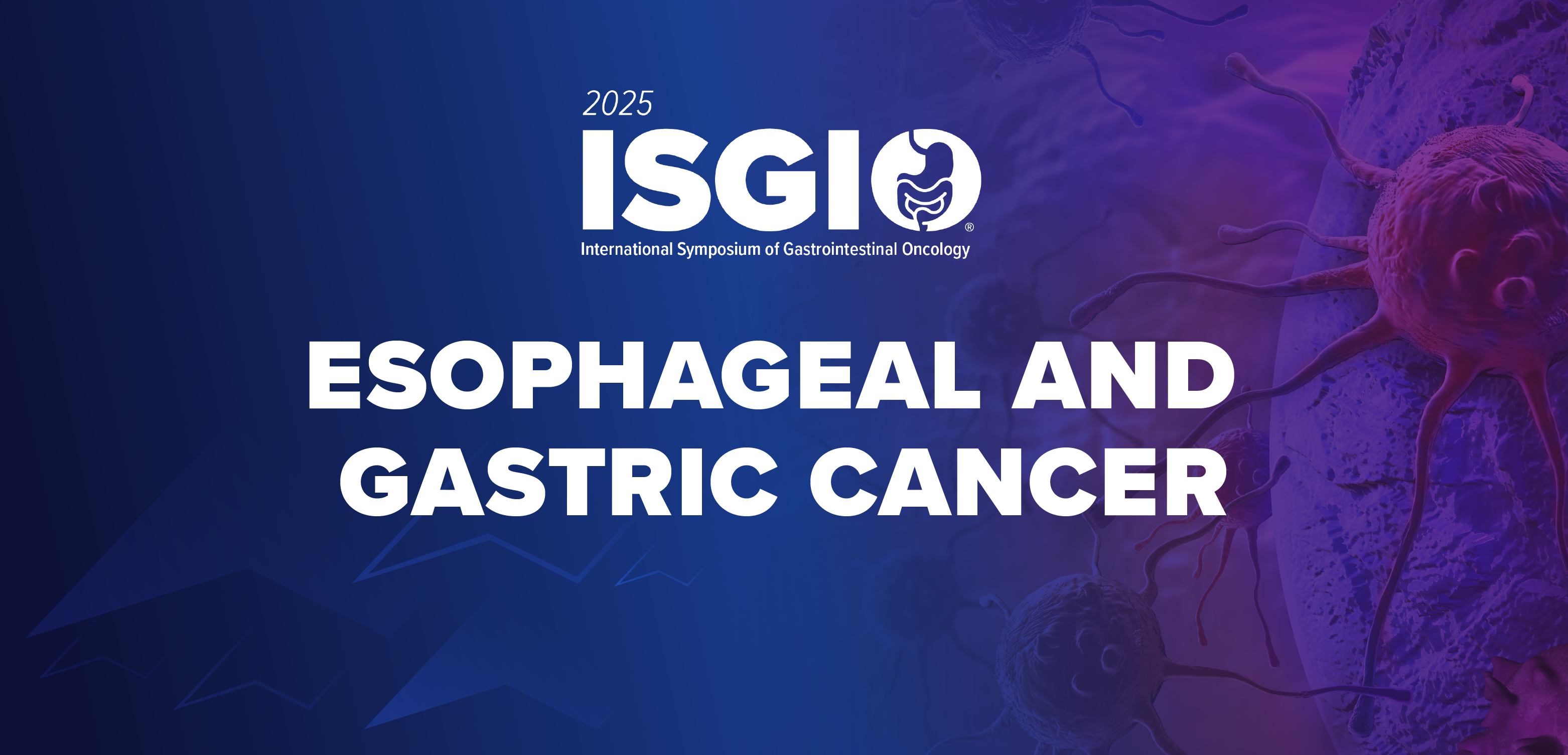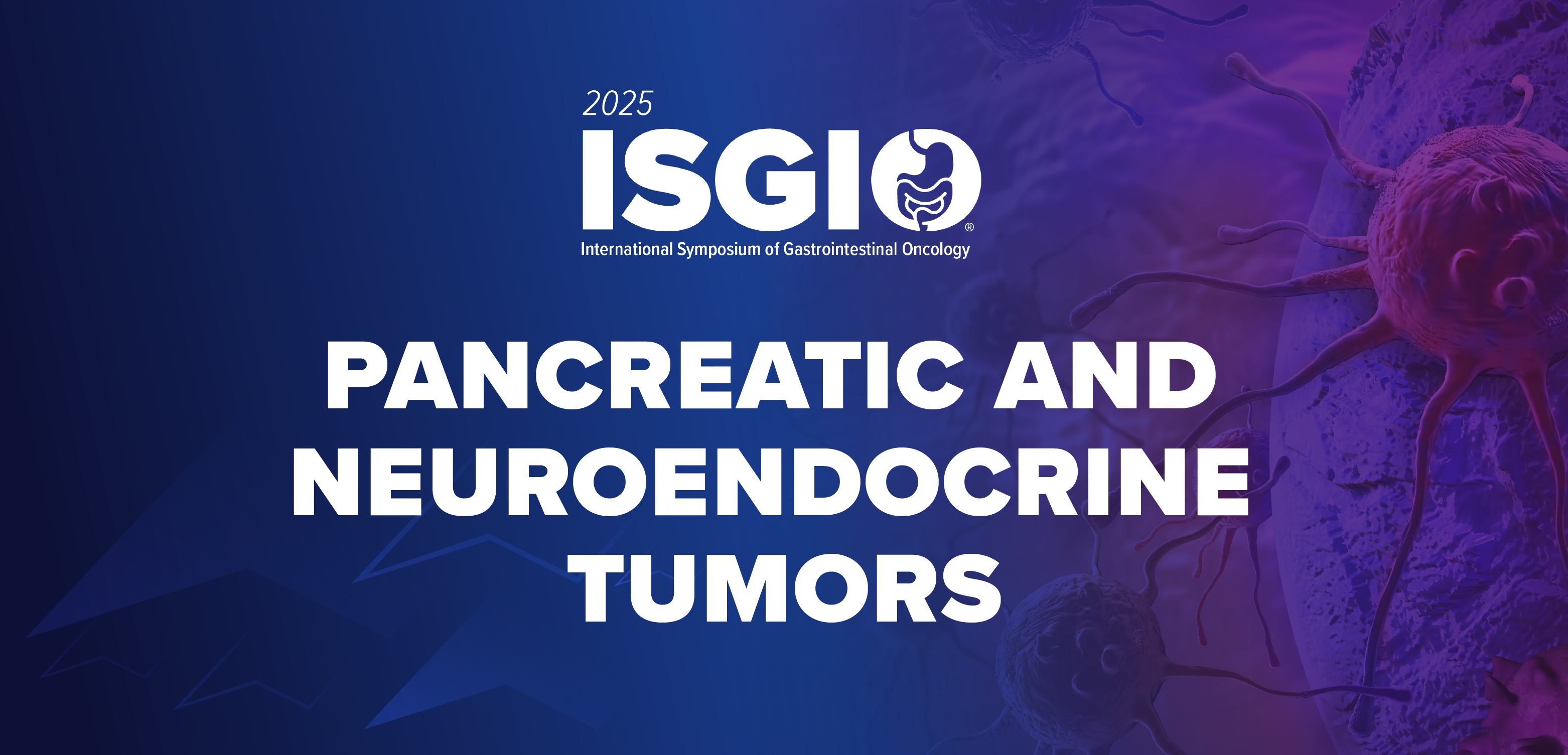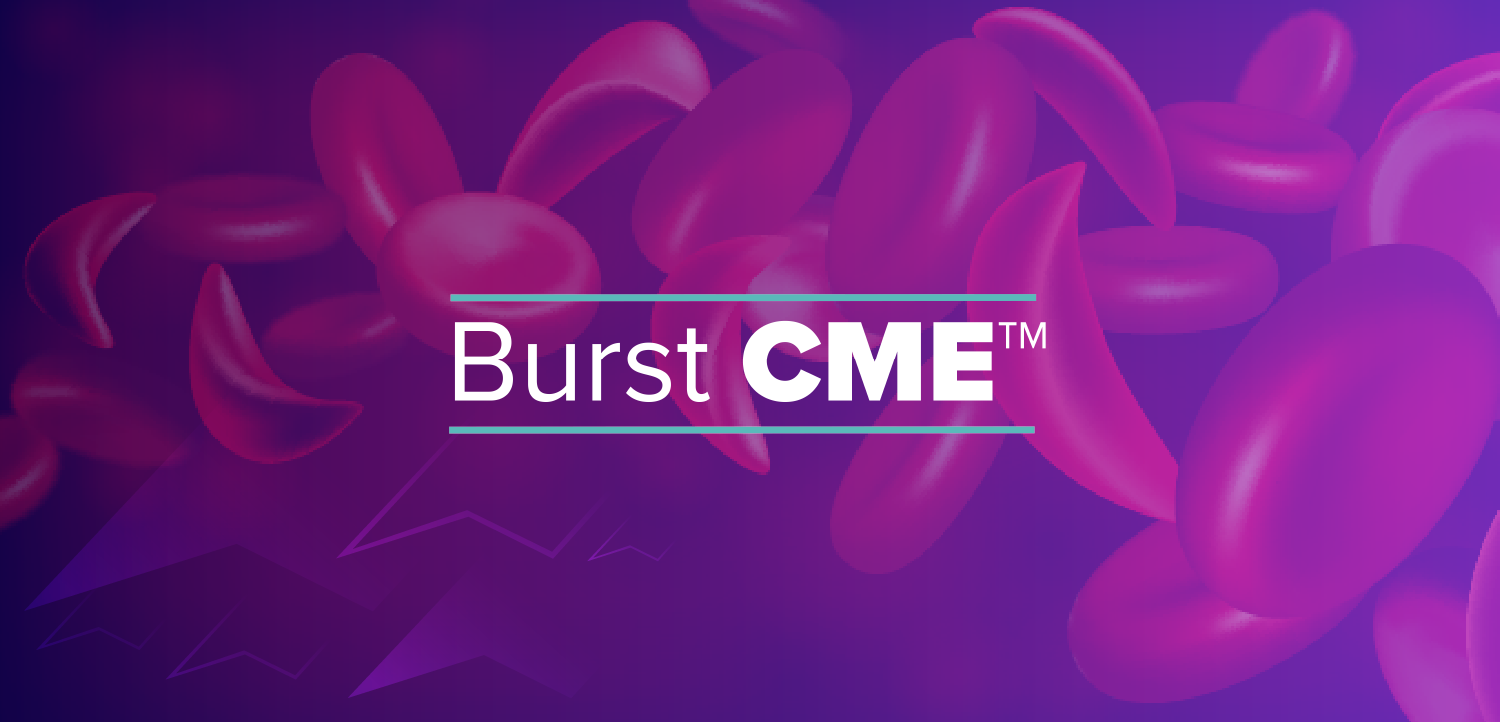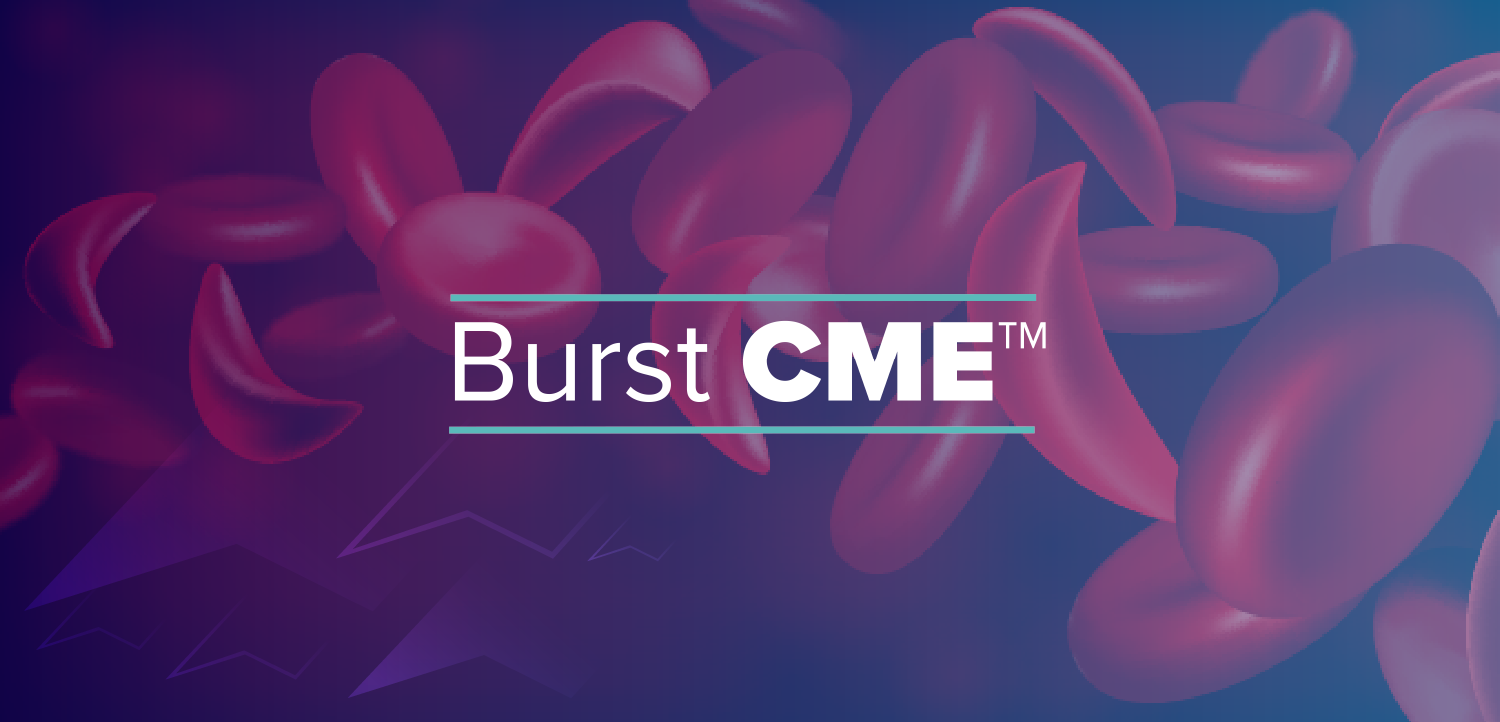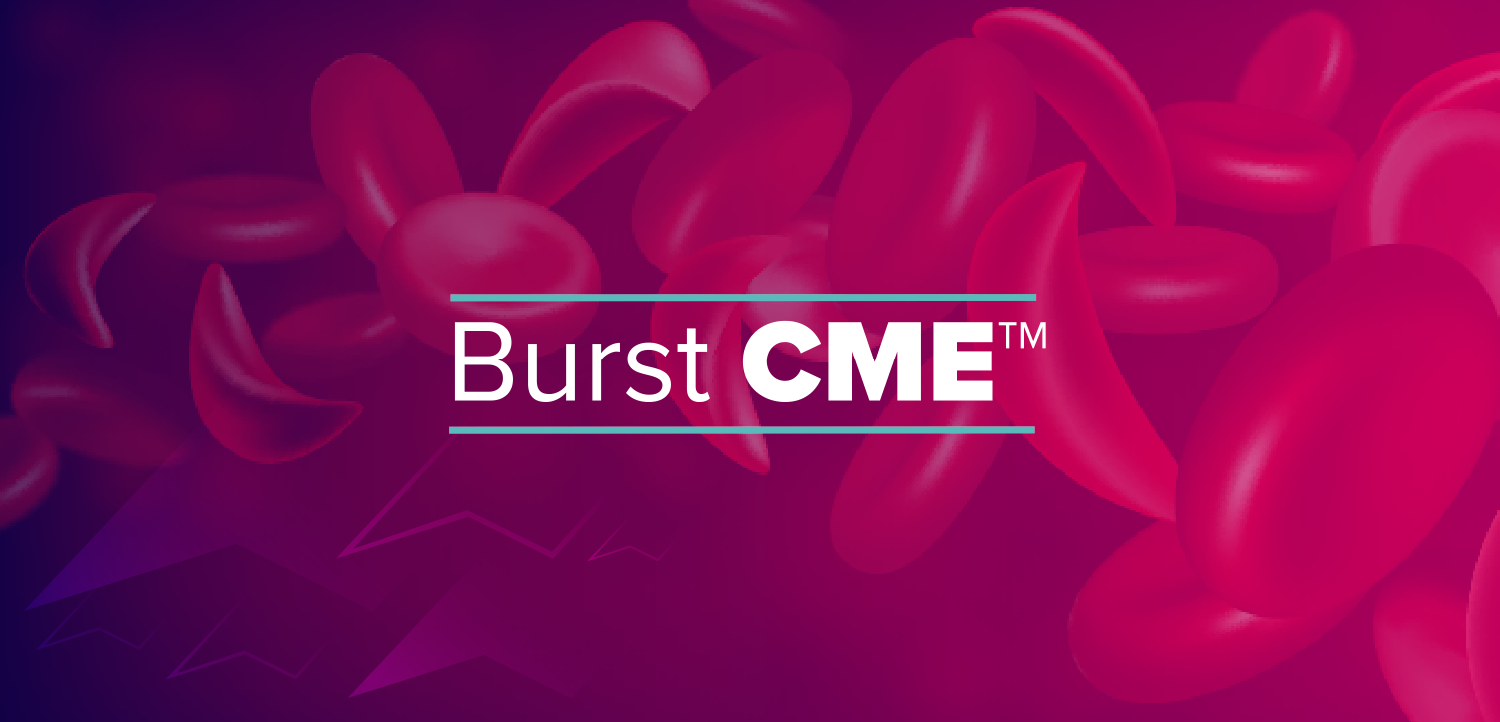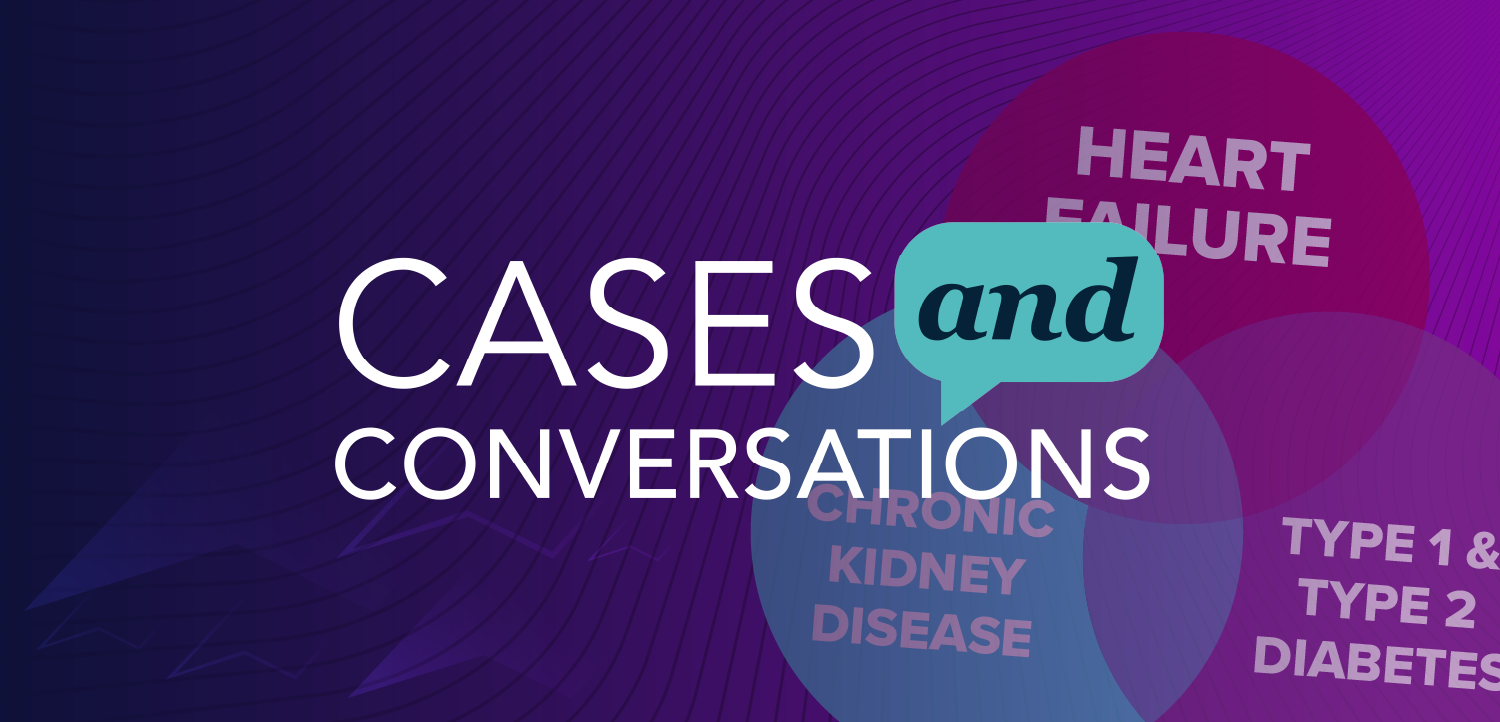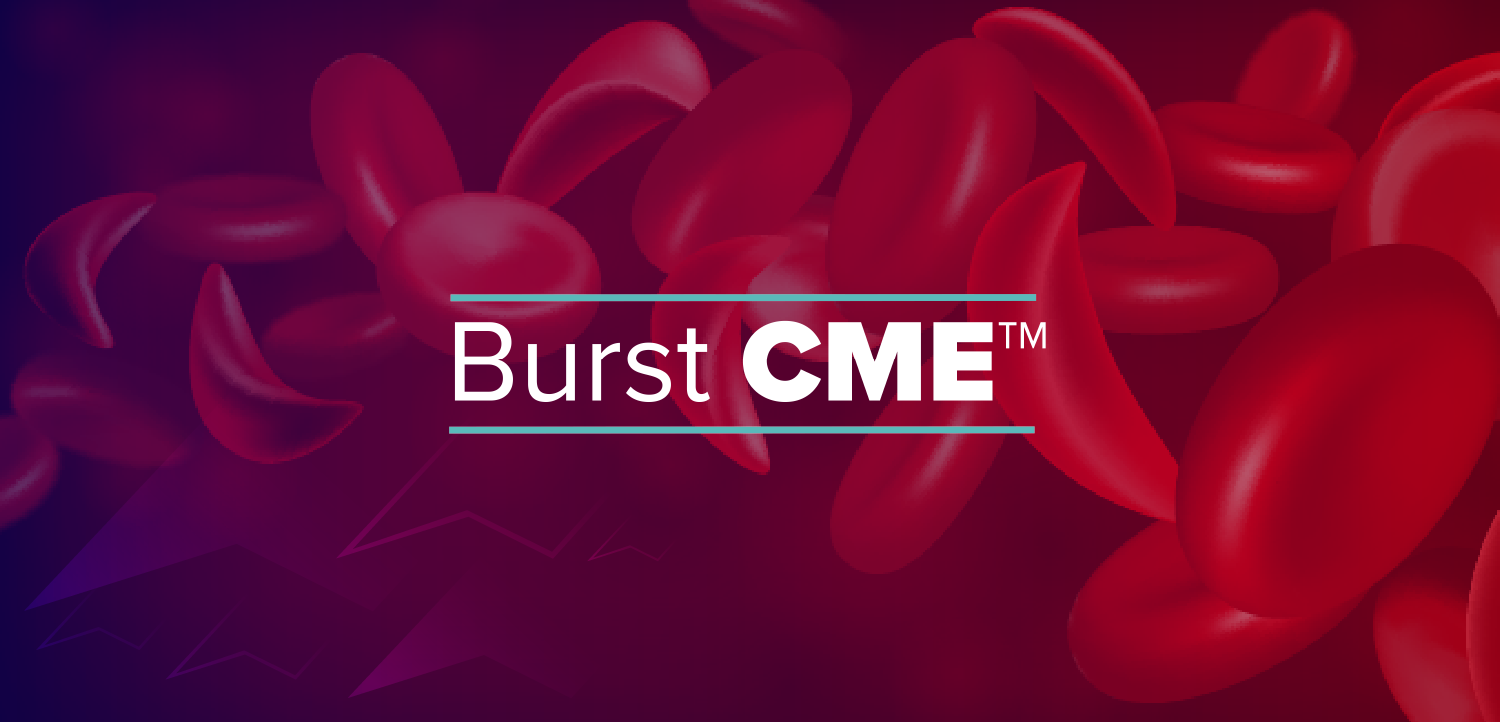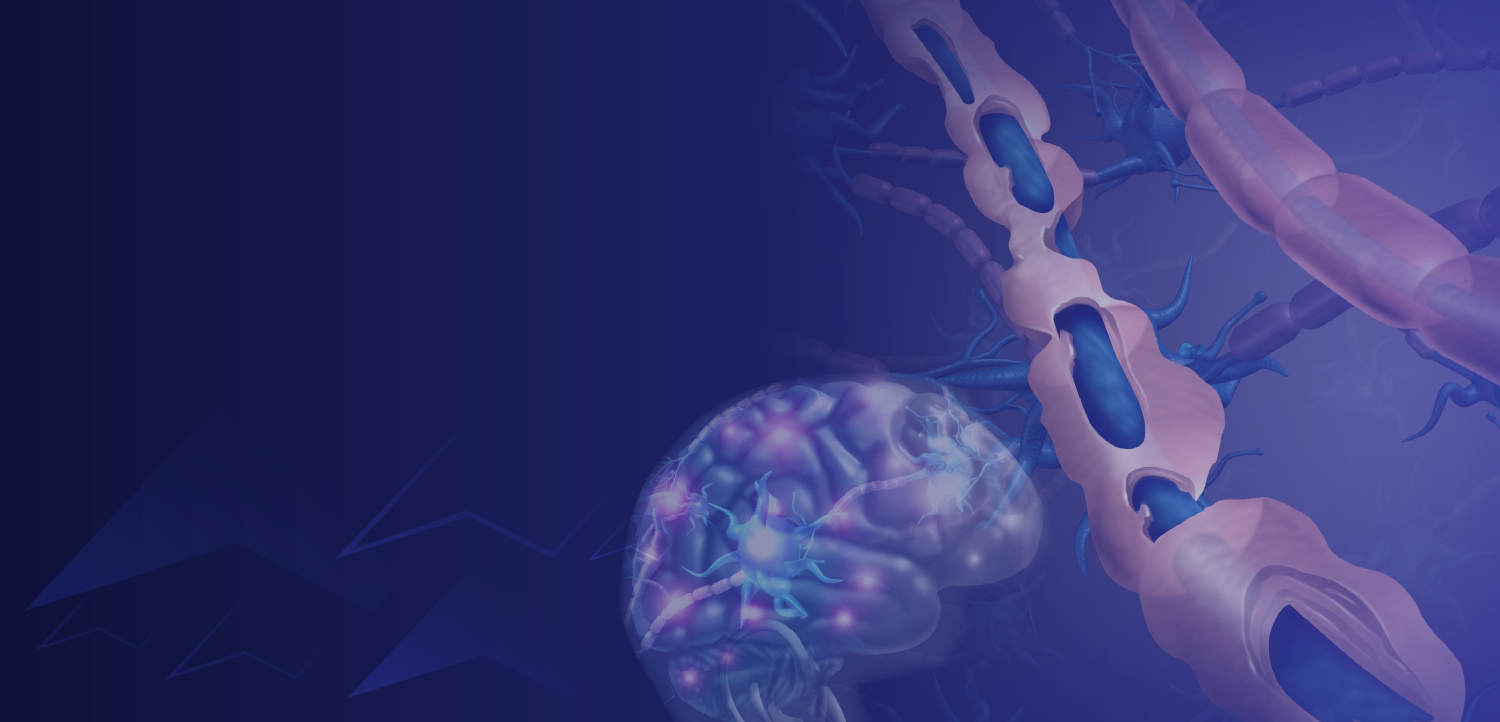
Subclinical Hypothyroidism Q&A
I very much appreciated Dr Douglas Ross's article, Subclinical Hypothyroidism: When to Treat, When to Watch (CONSULTANT, September 1, 2006, page 1121), and I have several questions for him.
I very much appreciated Dr Douglas Ross's article, "
- Are menstrual irregularities associated with subclinical hypothyroidism?
- When you treat subclinical hypothyroidism, what should be the starting dosage of levothyroxine?
- Once treatment has been initiated, how do you determine whether the dosage needs to be reduced or increased? Do you rely solely on the thyroid-stimulating hormone (TSH) level, or do you also take the patient's symptoms into account?
- Suzanne Barron, MS, RN, CS
Rocky Mount, Va
Thank you for your interest in my article. Here are my responses to your questions:
- Subclinical hypothyroidism is unlikely to cause menstrual irregularities.
- Initial treatment of hypothyroidism, either subclinical or overt, depends on the patient. For a healthy patient, I prescribe a little less than the expected full replacement dosage, eg, 100 µg/d for a typical middle-aged woman. For elderly patients or those with underlying heart disease, a lower initial dosage followed by gradual increases is advisable. Note that because of negative feedback to pituitary production of TSH, a dose that is less than a person's normal hormone production rate will not make him or her hyperthyroid, even if he is only slightly hypothyroid before treatment.
- With regard to monitoring therapy, I rely on TSH levels. Hypothyroid symptoms are notoriously unreliable indicators.
- Douglas S. Ross, MD
Associate Professor of Medicine
Harvard Medical School
Boston
Newsletter
Enhance your clinical practice with the Patient Care newsletter, offering the latest evidence-based guidelines, diagnostic insights, and treatment strategies for primary care physicians.


